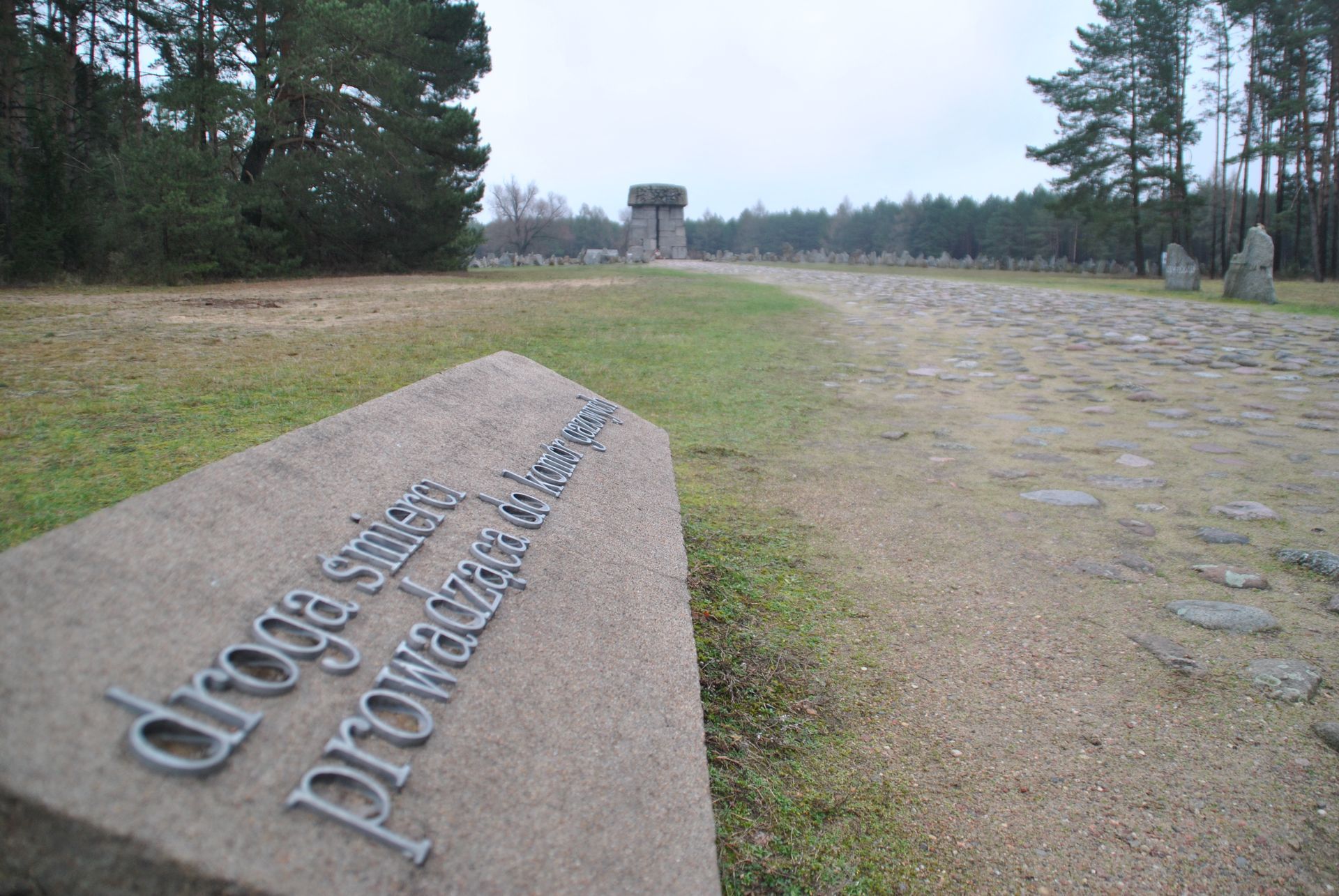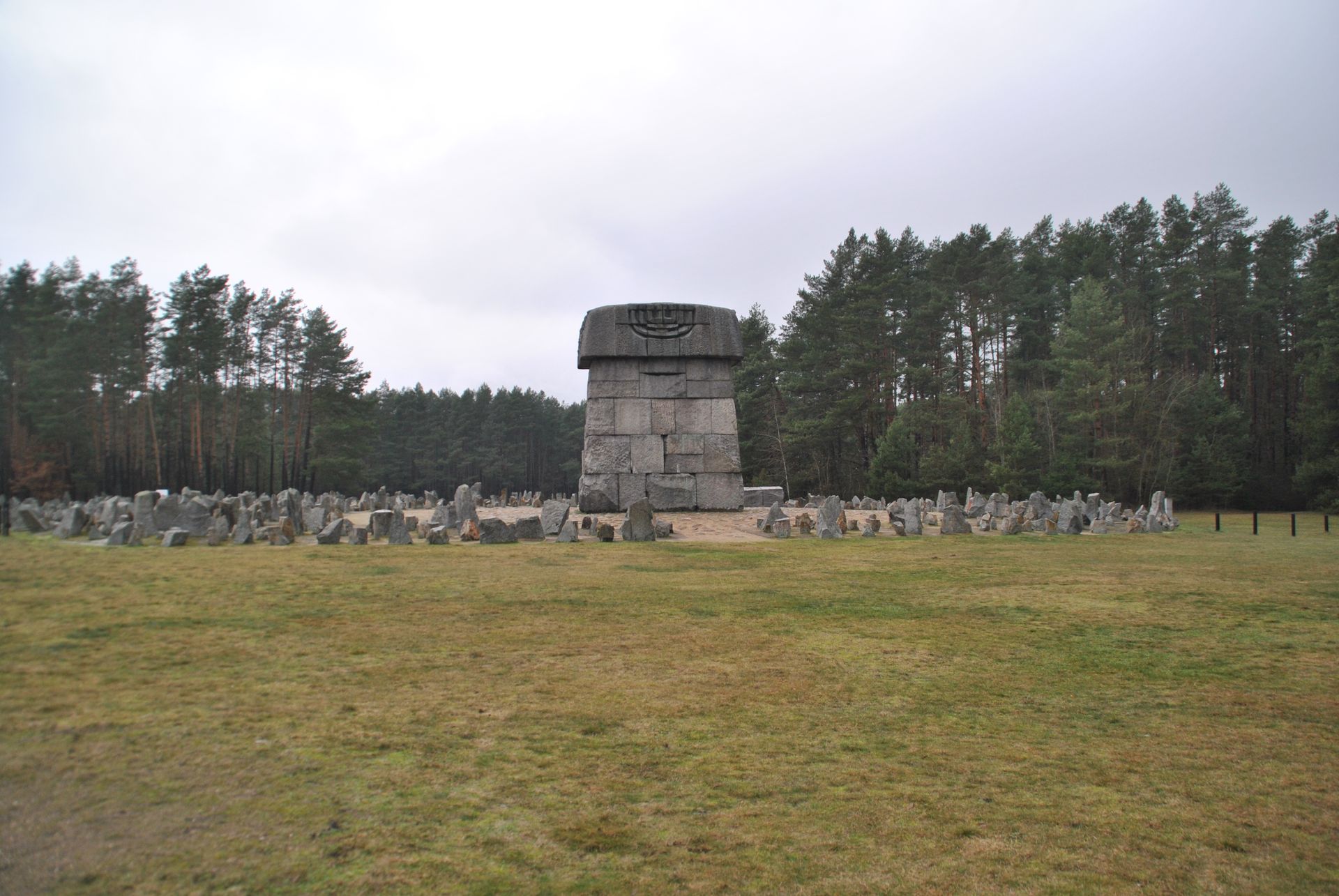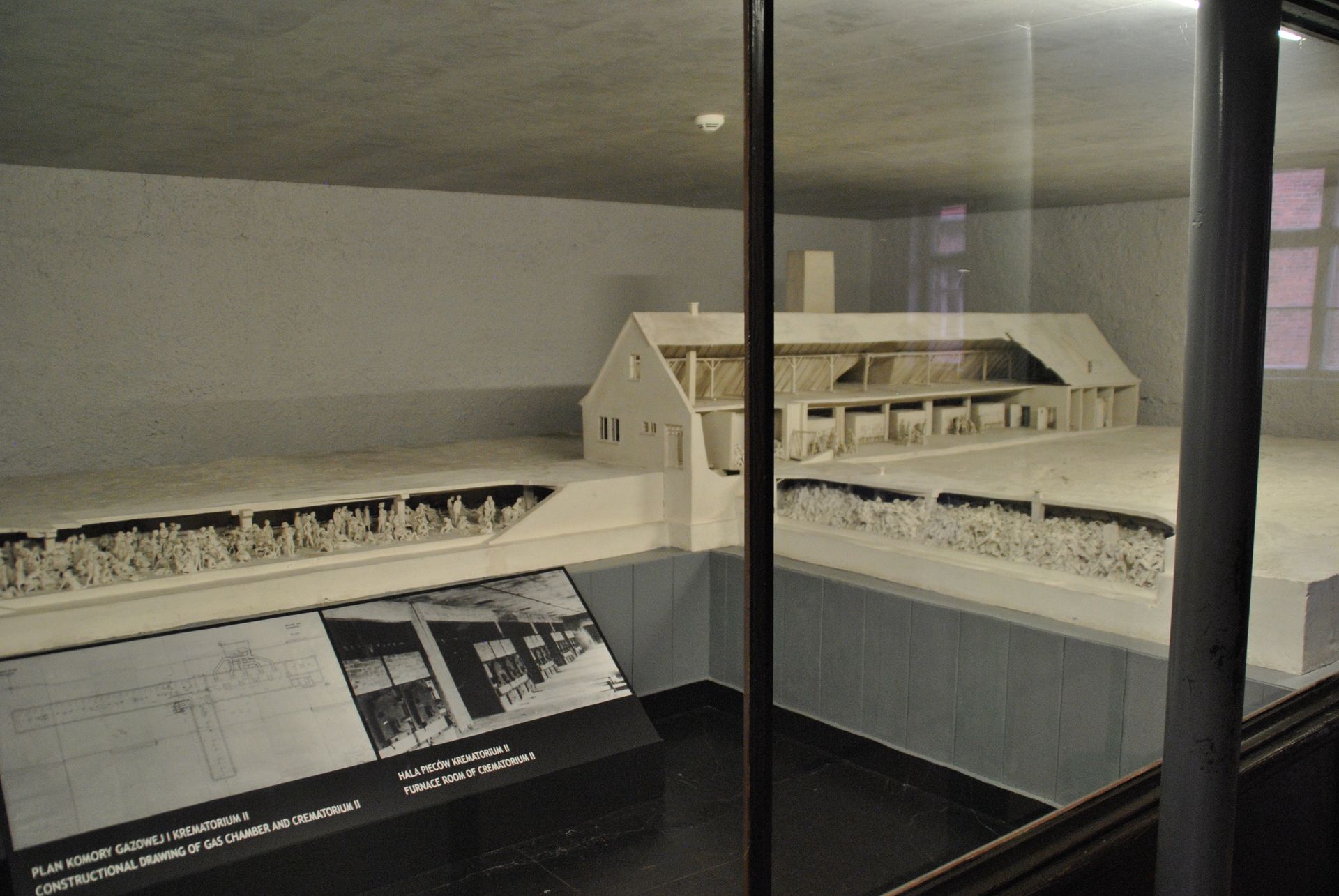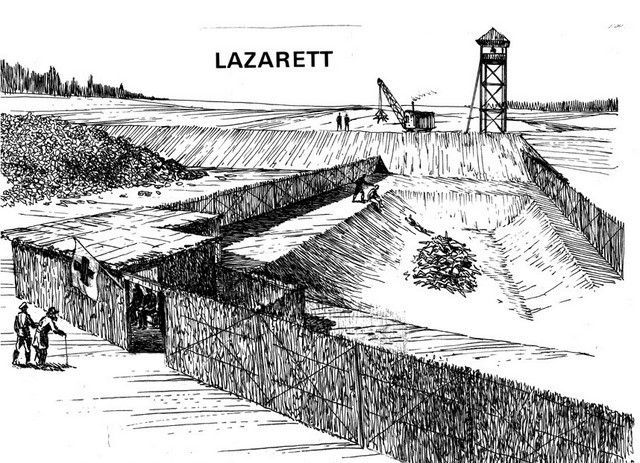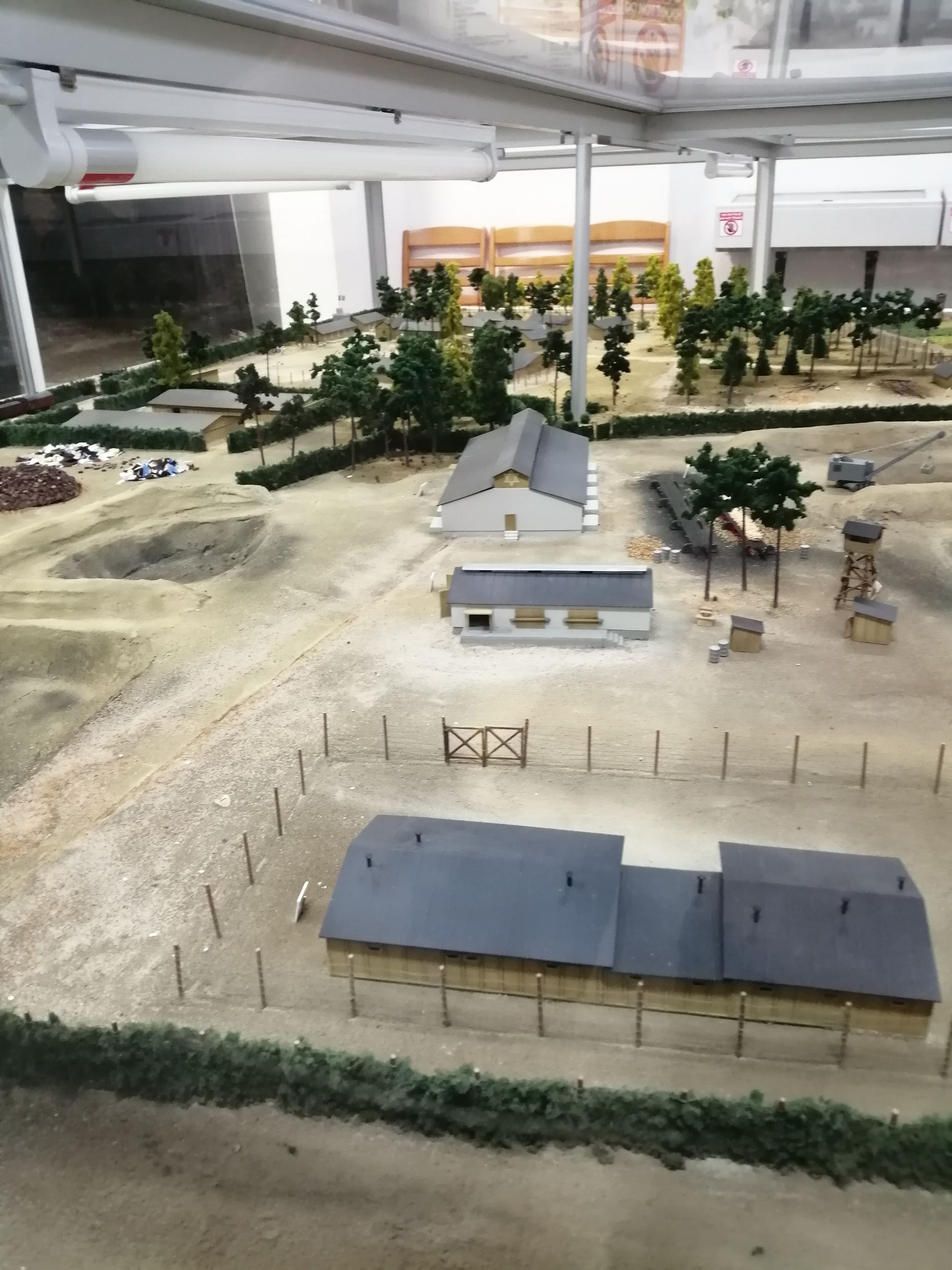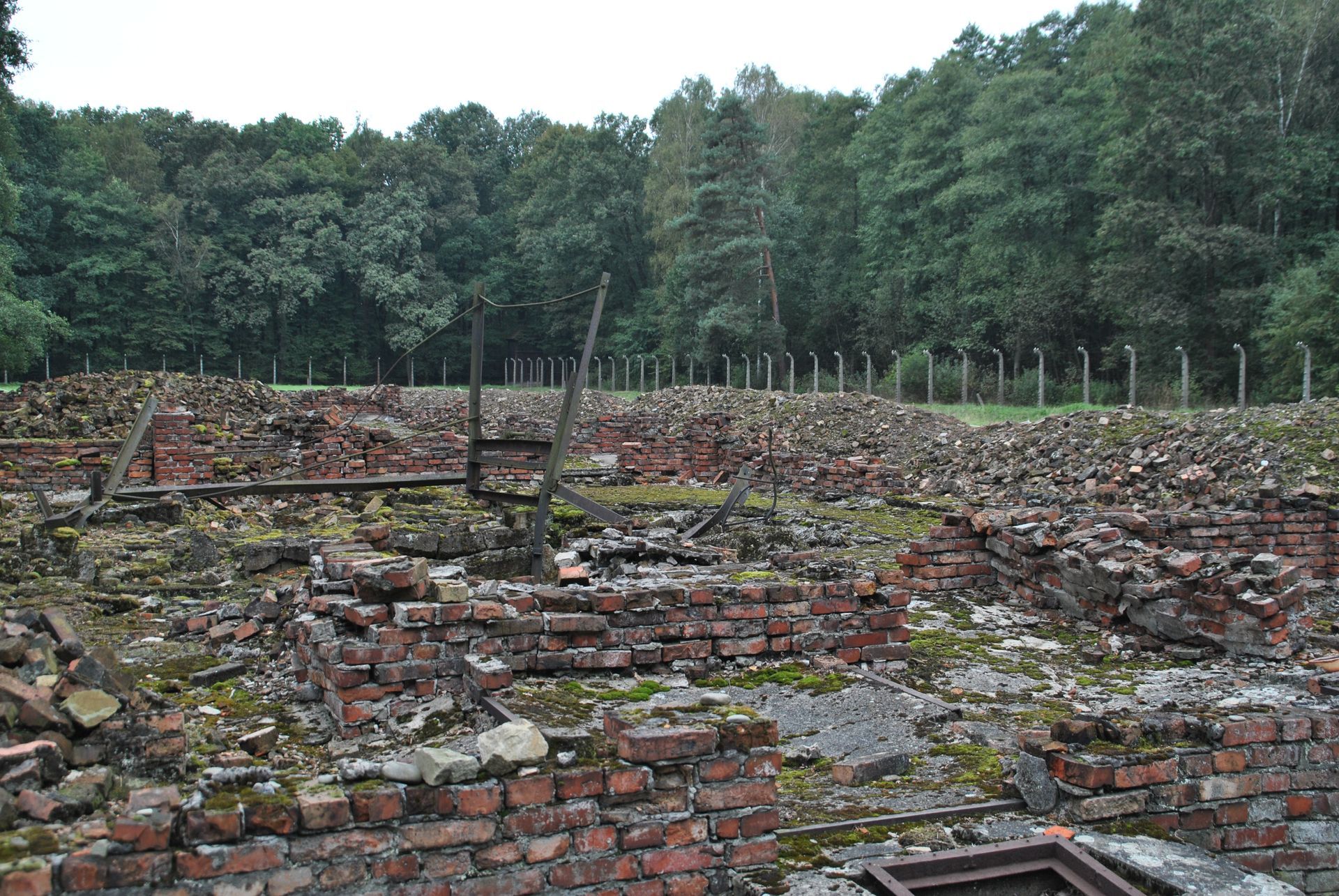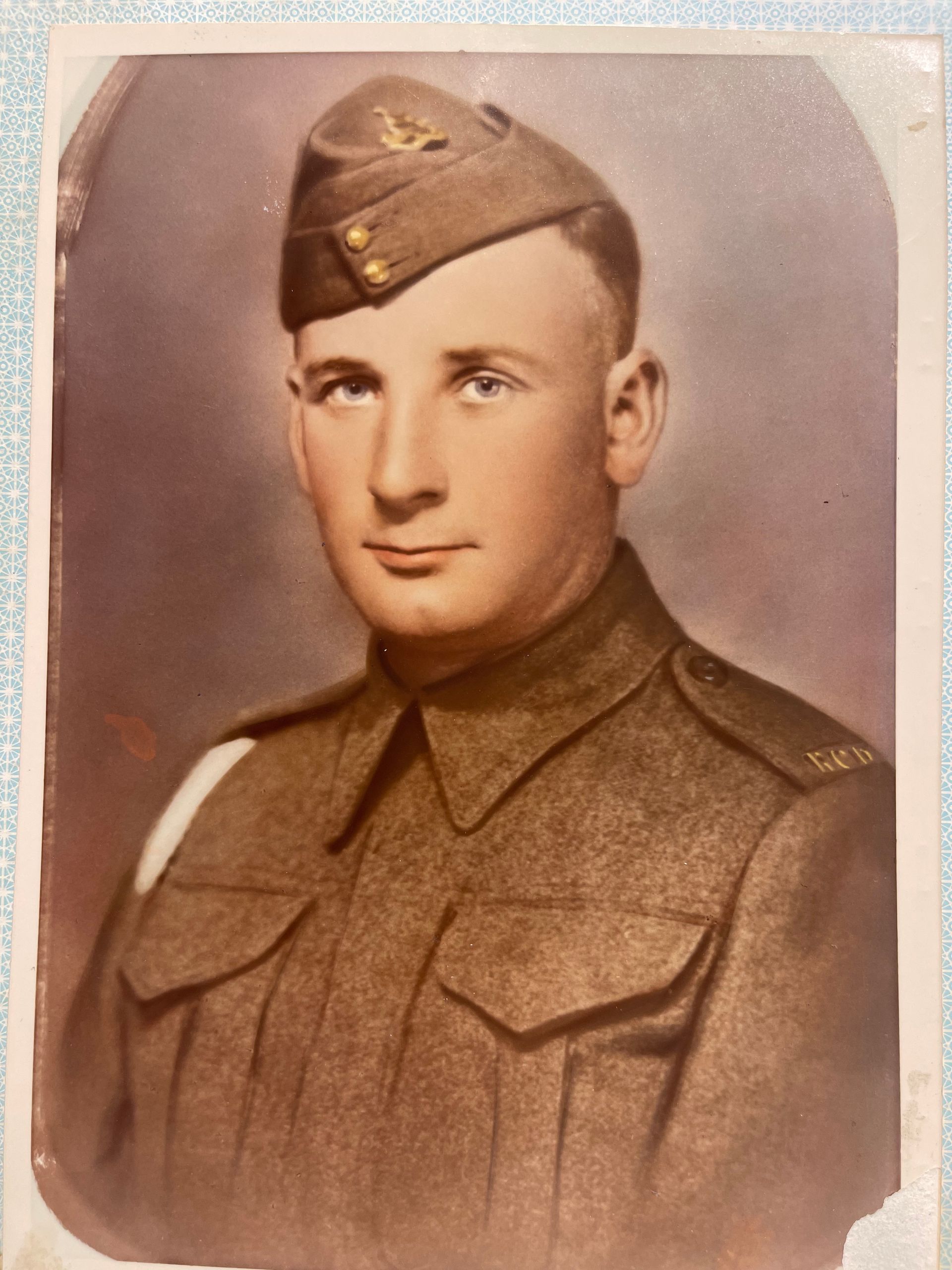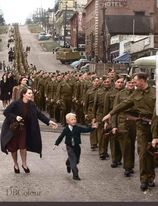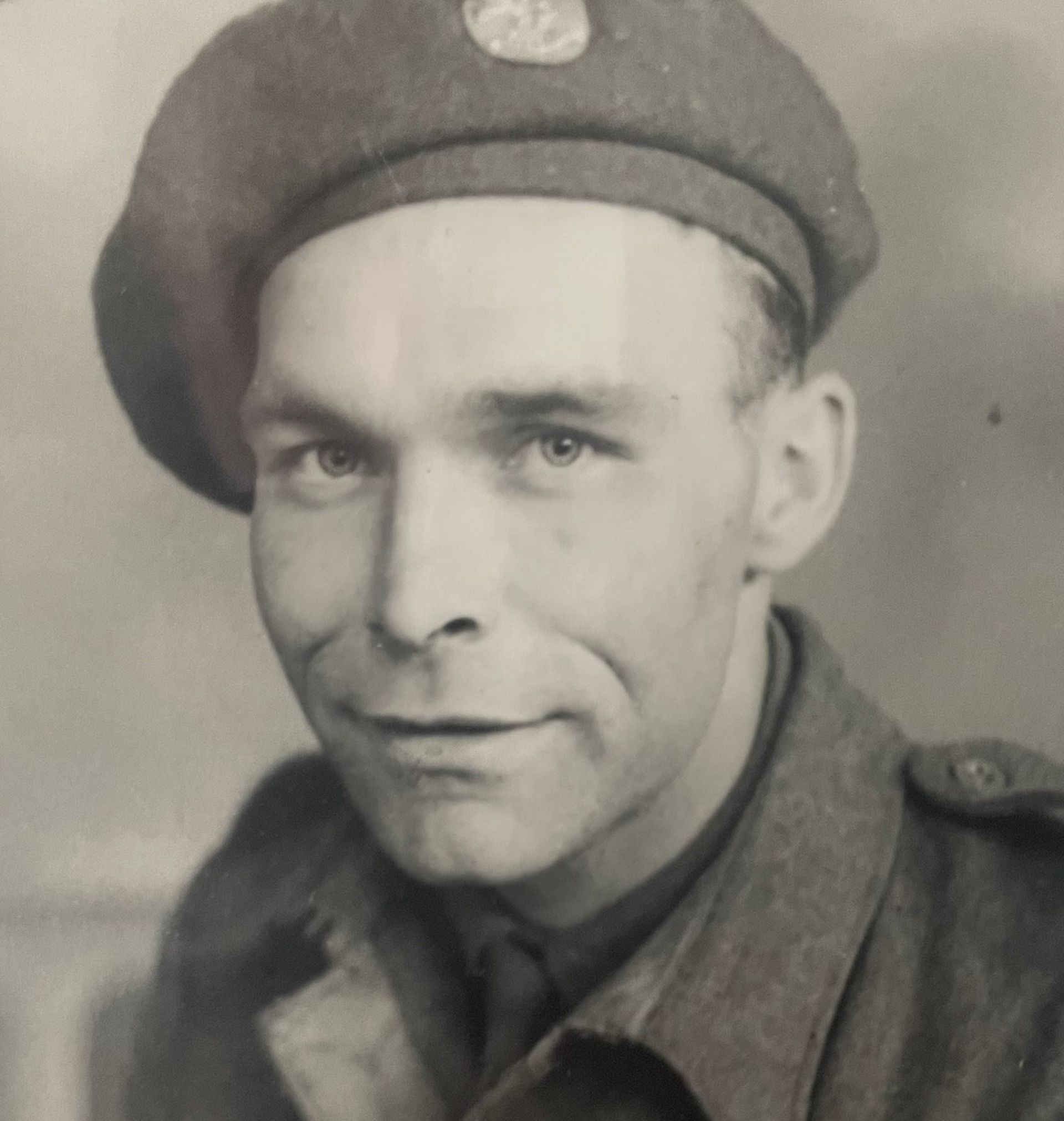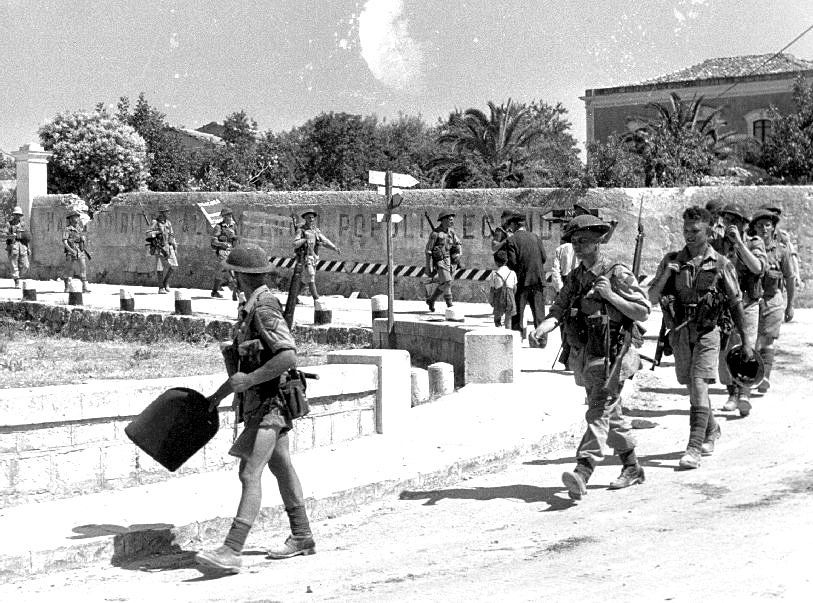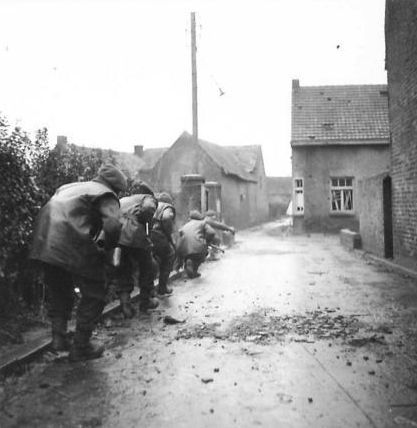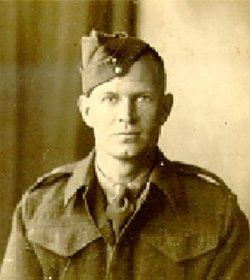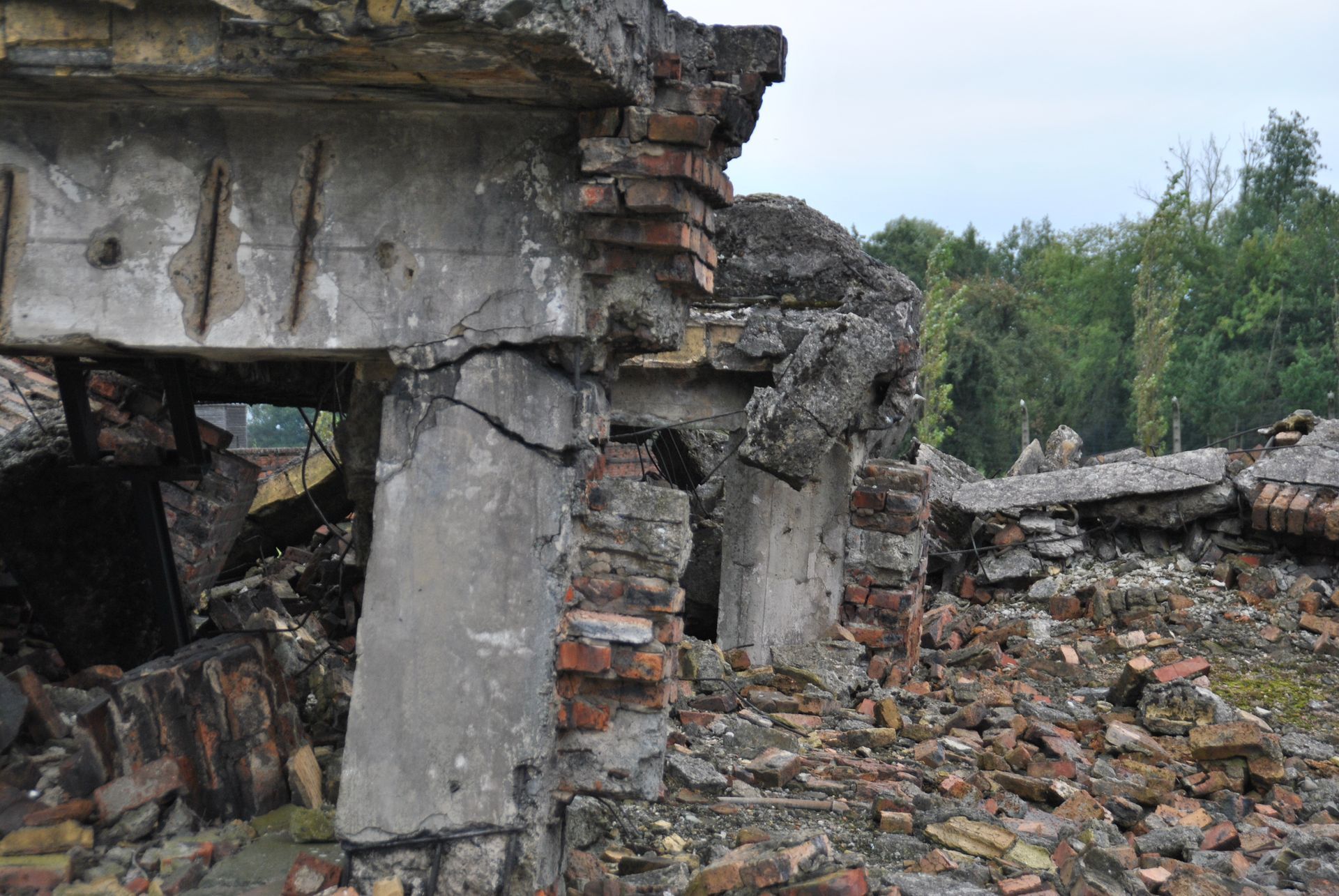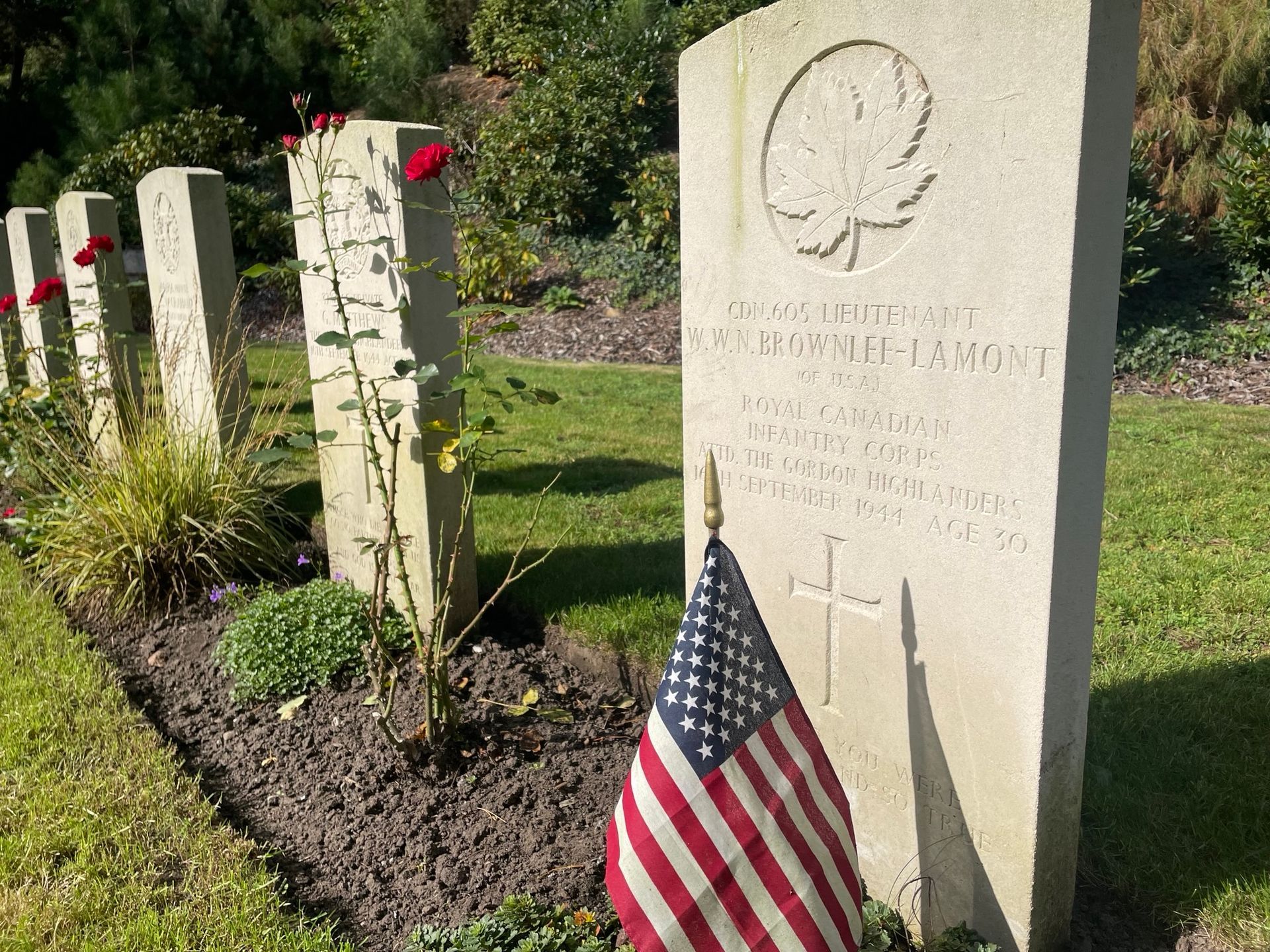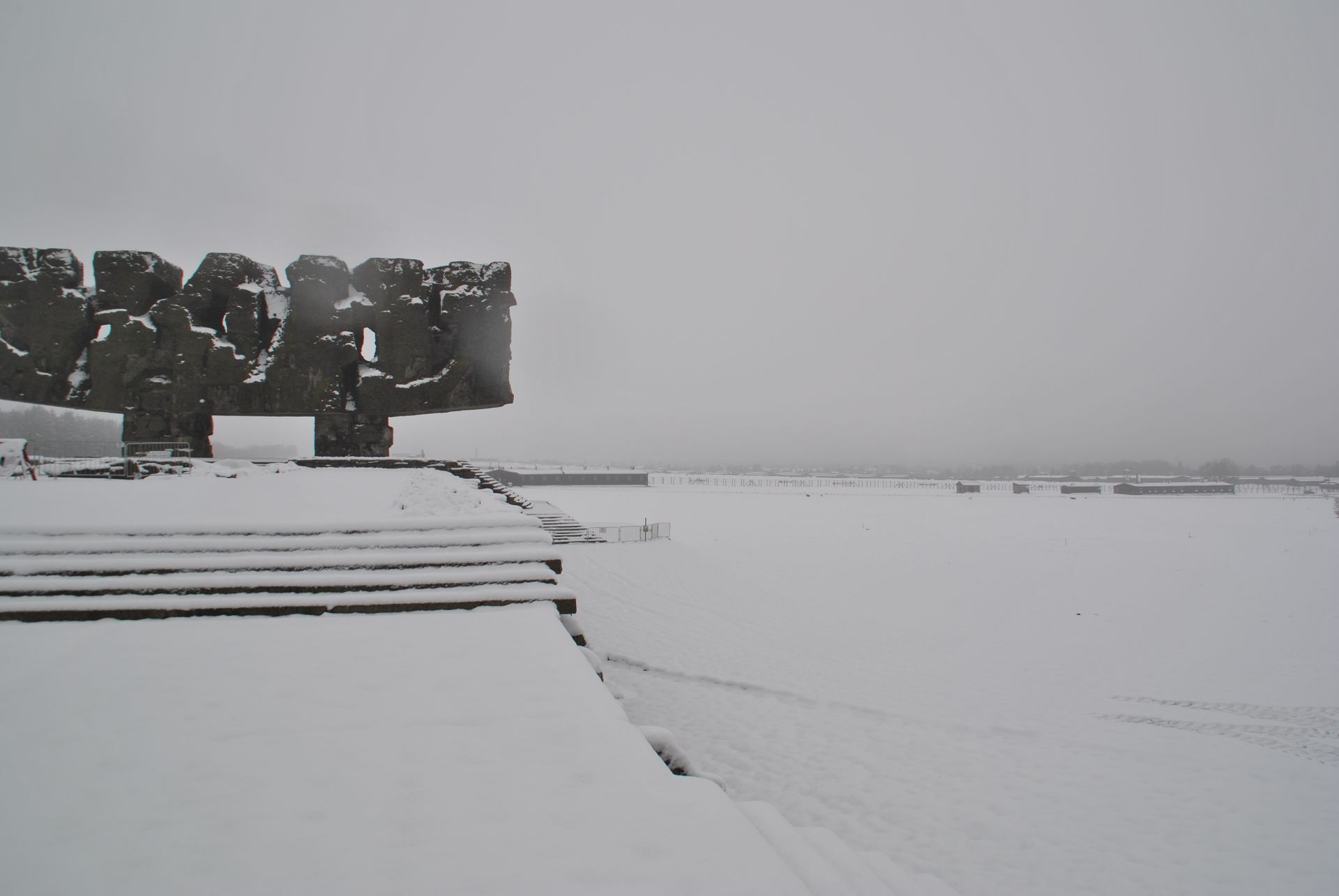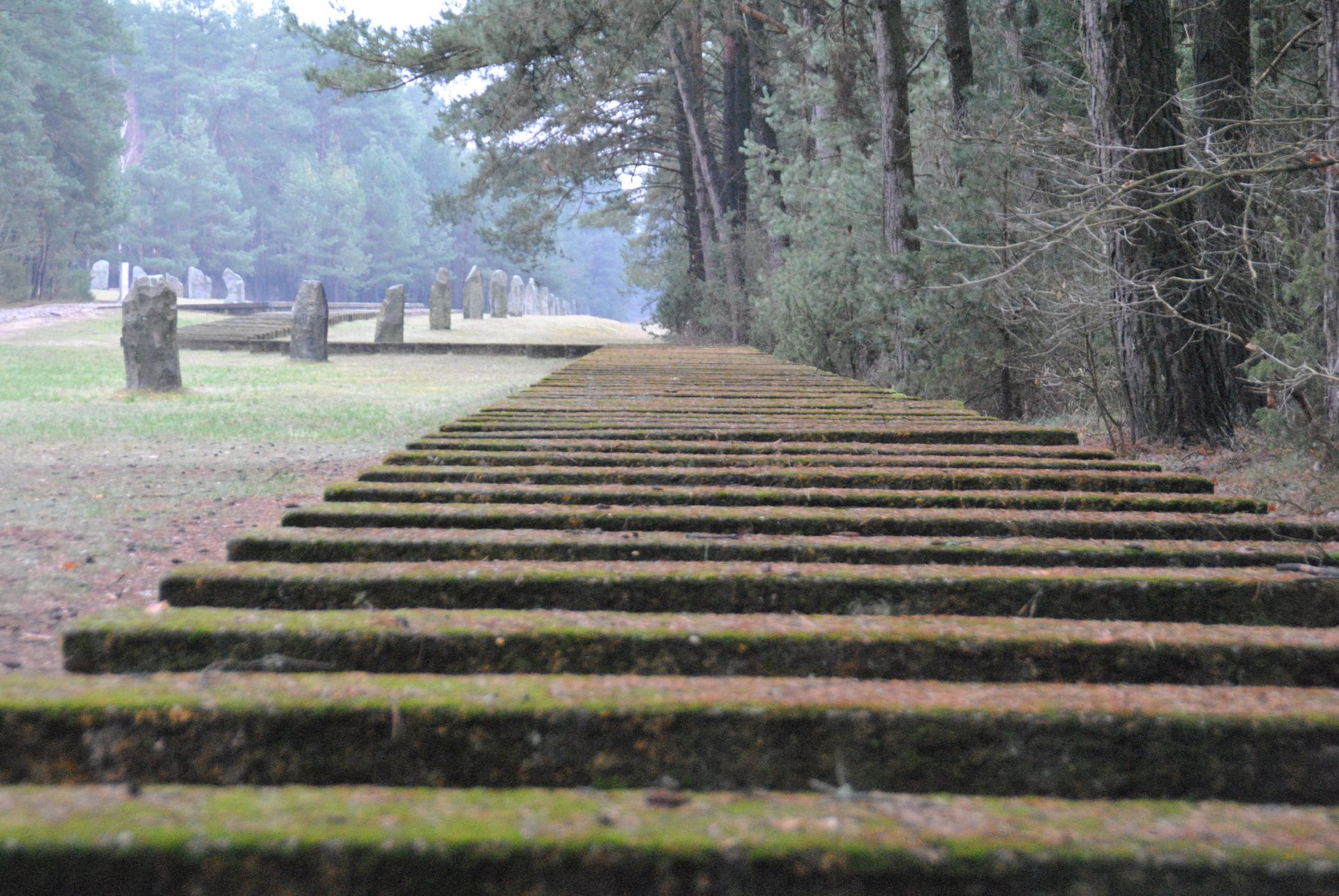By Gideon Gort
Six million jews were killed in total. This number is accepted as the formal death toll of the jews during the
Holocaust.
But not all of them were killed in the gas chambers. Approximately two million of them were shot by the Einsatzgruppen, the murder squads in eastern Europe. And many jews died in the ghettos from starvation. Also the transports to the extermination camps caused many deadly victims.
How did the gas chambers work? And how was it possible to kill at least 25000 jews a day in 1942 (the deadliest year of the Holocaust) using the gas chambers?
The gas chambers were used in Auschwitz-Birkenau, Bełżec, Sobibór and Treblinka. In
Chełmno, the first extermination camp, vans were used to kill the victims. Those vans were used as mobile gas chambers and also to transport the dead victims to the burial site. We visited two gas chambers. In Auschwitz-Birkenau you can still enter a gas chamber in the main museum area. In Majdanek, a concentration camp near Lublin, you also can see a gas chamber. Treblinka’s gas chambers were destroyed by the Nazis, those at Sobibór and Bełżec as well. The gas chambers were the solution for a faster and efficient killing of people. Mass shootings took too much time. The shooters had to find the victims, shoot them and get rid of the bodies. Also the fact that the shooters became sick or stressed from the mass shooting of men, women and children made a different method necessary.
The gas chambers were different in every extermination camp.
In Auschwitz-Birkenau the capacity was enormous. In every of the four gas chambers (named crematorium II, III, IV, V) 2000 people could be murdered at the same time. At Bełżec the gas chamber could handle 600 people, divided over three chambers. The total surface was only 12 by 8 meters. But this was too small for the many
transports
that arrived, so a larger gas chamber was built by
Christian Wirth. This new gas chamber could handle 1500 people, with a size of 10 by 24 meters and was built in the summer of 1942. At Sobibór three gas chambers, every one 16m2, were also too small and new gas chambers were also built in summer 1942.
Treblinka, the most efficient killing machine of
Aktion Reinhardt, could handle after rebuilding 4000 people at once. The surface of the gas chambers were only 4 by 7 meters. Ten of them were needed to murder the 4000 people.
Today we use Treblinka to tell you how the killing was done from the moment the transport arrived until the moment that the victims were dumped into mass graves. When the trains arrived the men, women and children were forced to leave the trains. Most of the time it was with brutal violence. Guards with whips hit the victims, there was a terrible screaming and anyone who slowed down the process was shot on the spot or brought to the Lazarett. The Lazarett was a small building disguised as a Red Cross building. Behind this small building the elderly, weak, children and anyone who slowed down the process were shot here and dumped into a pit full of bodies and garbage.
The rest of the victims were led to a place where they had to undress themselves. In early days it was done in a small building, but later in open air, also in the cold winter of 1942. There are reports of children with their feet frozen to the ground while waiting to be gassed. The victims had to give their belongings to a clerk behind a desk. Money, documents, you name it, the victims gave a lot of valuables to the killers. But many victims took some valuables with them. In their body cavities they kept jewelry and money, later found by “the Dentist” when they were gassed. Men were gassed first. The reason was that they could rebel when they found out what their faith was. Speed, brutality and surprise was the key! The victims had no idea why they were there and what was coming.
Completely naked they had to walk through to the “Schlauch” or “Tube". (Another cynical name was Himmelfahrtstrasse or Road to heaven street) The Schlauch was a small path with high barbed wire fences camouflaged with pine branches. With wipes and a lot of screaming the victims had to run to the gas chamber. Franz Stangl, commander of Treblinka, suggested that buckets in the Schlauch helped the process of cleaning afterwards. Stangl used it in Sobibór and it worked. The victims were so afraid that they let their feces behind. The path always became a mess full of feces, blood and vomit. But Christian Wirth was not interested in this idea: “Let them shit themselves, we'll clean it up later”. When the victims arrived at the entrance two Ukrainian guards beat the victims into the gas chambers. They used metal pipes, whips and even swords to brutally hack off ears, breasts and limbs. Just for fun and to create more terror and fear. Reports of infants taken from the mother and smashed against the wall are known. It was so devilish and the victims were so surprised by the terror that they were not able to protest. At the front of the gas chamber, above the door, there was a Star of David painted.
The gas chambers at Treblinka were just 1.90 meters high. For a lot of men it was horrific and claustrophobic while standing with their head against the ceiling. The gas chambers were filled even with people on top of eachother. Baby’s and small children sometimes were taken from their mothers and thrown on top of the crowd. The victims had to enter the gas chamber with their arms in the air, so more space was created.
There was no room to sit or fall down. It was so crowded that people in total fear choked when the doors were not even closed.
When the doors were closed it became pitch dark, the screaming could be heard outside and people started to fight for their lives when the gasses were led into the gas chamber. An old Soviet diesel motor was used to create the gas and was situated outside the gas chamber. It took about 20 to 40 minutes to kill everybody and when the screaming was gone it was the sign for the Sonderkommando to do their job.
The Sonderkommando (Jewish men, selected from transports to bury and later burn the bodies) opened the doors after the gassing and what they saw was beyond every imagination. The victims were black and blue from the gas, often still standing because there was no room to fall. When men were gassed together with younger children, the strongest were on top of the crowd, searching for the last bit of fresh air. Young children were found with their skull and body trampled due to the weight of the adult. Feces, blood and vomit was everywhere. The stench of sweat, feces and remains of the thick black gas was horrible. The Sonderkommando experienced that water was needed to make the bodies wet. It was easier to take them out of the gas chamber.
With leather belts and stretchers they dragged the bodies out of the gas chamber and a special squad called “the Dentists” removed golden teeth from the victims. While doing their job the workers of the Sonderkommando and the Dentists were always beaten by the SS (Schutzstaffel). The SS men also humiliated them by throwing the workers into the burial pits where the workers sank into the mush of decomposing rotting flesh of the victims. They had to stack the victims into layers for an efficient burial process.
About 3 to 4 hours was needed from the moment the transport arrived until the victims were dumped into the mass graves. On some days three of those transports up to 6000 people arrived at Treblinka.
The Sonderkommando was shot when the job was done. They were selected from the same transport as the victims. There are reports of men who took their own family out of the gas chamber. Later, after experience that it was inefficient to shoot the Sonderkommando after the job was done, Frans Stangl ordered that the Sonderkommando must be kept alive. It was even simple and efficient. Everyday a new Sonderkommando took too much time to teach them their job. Some of those members survived Treblinka and told us many years later about the murder process. It was one of the most, and maybe the most devilish act of the Nazis. With this method the Nazis literally kept their hands clean.
More about the Sonderkommando in a new blog.
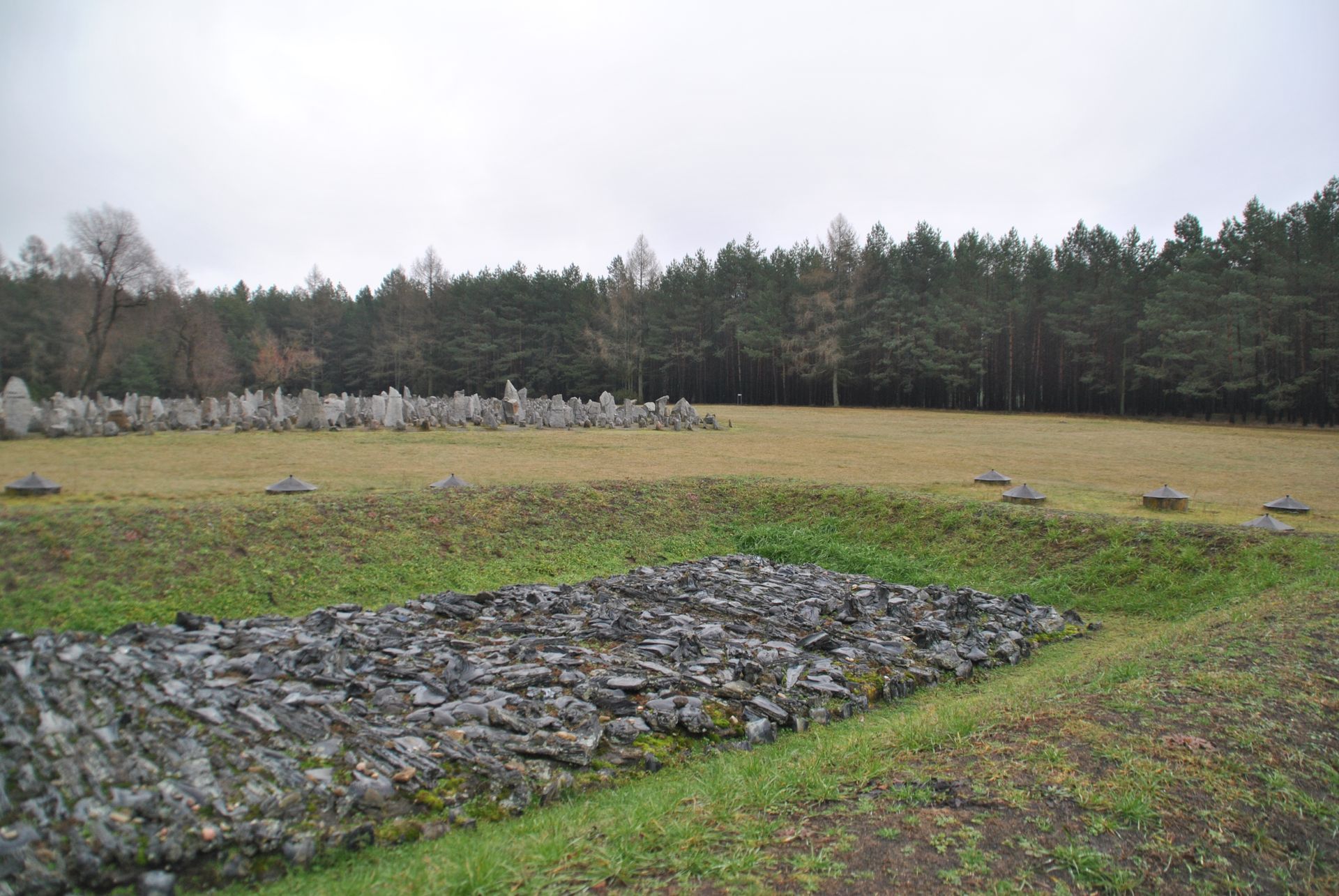
Ruins of the burial site at Treblinka
At this place the Sonderkommando buried al the gassed victims. Later they start to burn the victims to get rid of evidence.
Knop
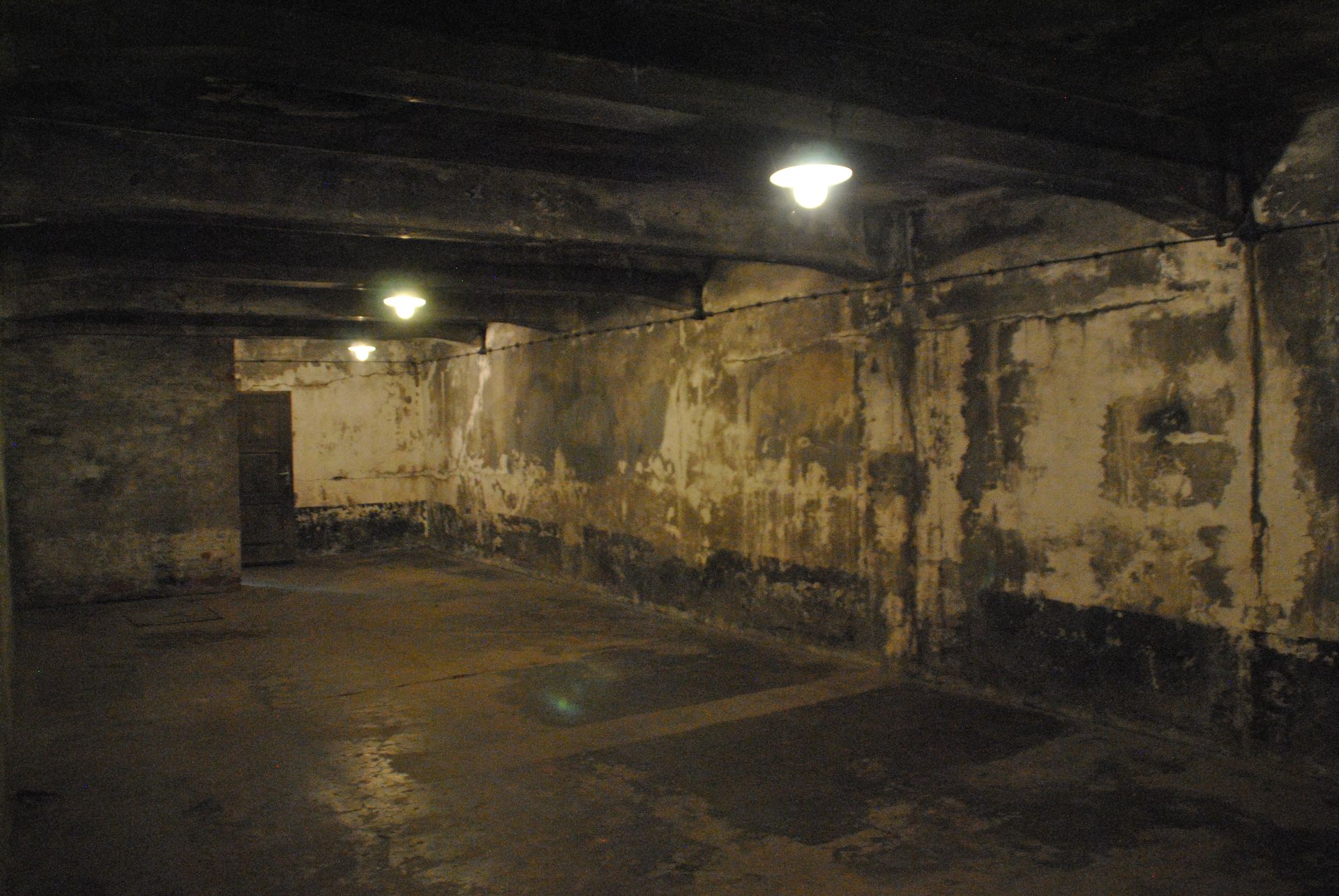
Gas chamber at Auschwitz-Birkenau
Situated at the museum district at Auschwitz 1. At Birkenau they are all destroyed.
Knop

Ruins of crematorium II
Close to the platform where in the summer of 1944 the Hungarian Jews arrived to be murdered.
Knop
Photos taken at Auschwitz-Birkenau and Treblinka 2023. Gideon Gort.
References:
Auschwitz, The Nazis and the Final Solution. BBC 2005. Testimony from David Gabbai.
Testimony from Samuel Willenberg, surviving Treblinka. Found at Museum Majdanek (Lublin) 2023 Gideon Gort.
Gitta Sereny, De Duisternis Tegemoet, testimony Franz Suchomel about Treblinka and the Schlauch.
Stephan Lehnstaedt, De Kern van de Holocaust. Belzec, Sobibor, Treblinka en Aktion Reinhardt.
Het Auschwitz Album, Yad Vashem, uitgeverij Verbum.
Richard Glazar, Ontsnapt uit Treblinka.
USHMM online encyclopedia.
Muzeumtreblinka.eu
Own visit and research at Museum Chełmno (Kulmhof) (2023), Museum Treblinka (2023), Sobibór (2018) and Museum Auschwitz-Birkenau (2015,2018,2023).



